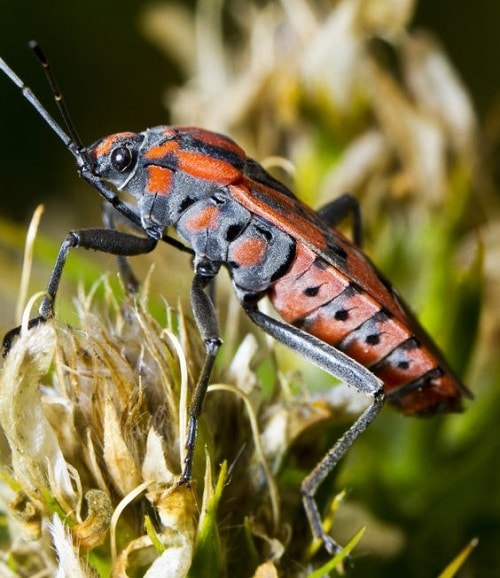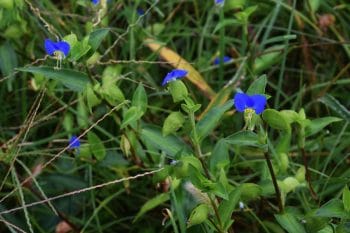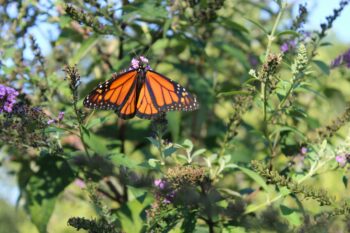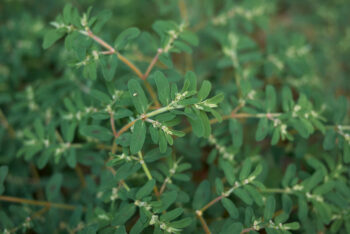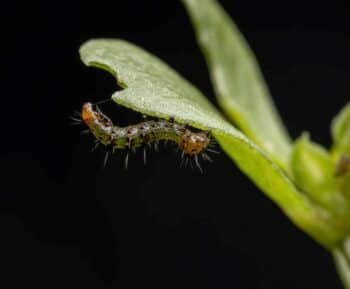 Insects and pests are a common problem for lawn care. They can cause areas of your grass to become discolored, detached from the soil below, or perish completely.
Insects and pests are a common problem for lawn care. They can cause areas of your grass to become discolored, detached from the soil below, or perish completely.
Proper yard maintenance and pest control can help keep your lawn healthy and free from pests. Here are a few helpful tips on preventative maintenance, as well as how to determine what you’re facing when you realize you’ve got unwanted visitors in your garden.
Lawn Maintenance
The best way to keep your lawn free from harmful insects is to start off with a healthy lawn. Water appropriately for your grass type, avoiding overwatering that can lead to soggy areas.
Proper water helps lawns grow strong and be more resistant to pests. But too much water that creates waterlogged pockets can invite insects. This is especially true in shady parts of your yard, as our winged foes find cool, wet areas a perfect place to lay their eggs.
Fertilizing regularly will encourage root growth and stability. A resilient lawn and garden can withstand the occasional pests, as a completely bug-free yard is practically impossible. But ailing plants and grass blades are more susceptible to longer-term damage that opportunistic insects may cause.
Mow the grass to the appropriate length for the variety of turf you’ve planted, and for the current season. Grass that is too long can create a haven for pests, while mowing too low can compromise the grass bed’s ability to ward off fungal diseases.
Remove thatch and aerate as needed – again, based on your grass type. You can overseed or lay a sod plug if you identify a thinning spot. Just be sure it isn’t thinning due to an infection or infestation that requires treatment.
Not sure what you’re dealing with? Take a look at our guide to North Texas Lawn Diseases so you can determine whether you need to treat for drought, insects, or fungal infections.
These things help keep your lawn healthy and more able to withstand damage from pests.
Signs of Pest Damage
If your lawn has brown or yellowing spots, dying patches, holes in the soil, burrows, or thin or missing roots, there is a good chance you have a pest problem.
Drought can also mimic some of these symptoms so carefully inspect your lawn for signs of insects. Grub worms are identifiable by lifting the grass up. A purple tinge to grass may be a sign of cinch bugs. Cutworms can be identified by their tendency to shear off the tops of grass blades.
Types of Insecticides
Insecticides come in powder, liquid, and granule forms. Liquids come ready to spray on the surface of your lawn, either through the hose or directly from the bottle. Liquid treatments can work above and below the surface of the soil. Granules and powders need to be distributed across the lawn using a spreader.
Identify which insects are causing harm to your lawn to help determine the type needed. Some insecticides will kill all insects indiscriminately, including beneficial ones, so read labels carefully.
Visit our Insect Control service page to learn more about how Ryno Lawn Care can assist you in winning this battle.
Diatomaceous Earth
Diatomaceous earth, commonly referred to as DE, is a natural treatment that works well for ants and other insects that have an exoskeleton. It works by dissolving that exoskeleton and drying out the insect.
DE is fairly safe to use, but because it is microscopically abrasive, you may want to use gardening gloves and a simple mask. It is inexpensive and readily available at home improvement stores.
Azadirachtin
Azadirachtin is a botanical pesticide extracted from the neem tree. It is effective against cutworms, army worms, and lawn moth larvae. Read more about Treatment for Chinch Bugs, Army Worms, and Grub Worms.
Azadirachtin works an insect growth regulator so it keeps some insects from reaching maturity. Because of this, it may take a bit to notice it working.
Nematodes
Nematodes are a natural pest controller. They can be applied to lawns to help control caterpillars or grubs. There are many species so be sure to select the right one for the types of insects you have.
They should be applied in the evening or at night as they are sensitive to the sun and heat. Apply again in two weeks to help grow the population. With reproduction, nematodes can be a long-term source of pest control for your lawn.
Pyrethins and Pyrethoids
Pyrethum is a botanically derived contact insecticide made from certain varieties of chrysanthemums. It alters nerve function in the plant, resulting in paralysis and death.
Insecticides are a synthetic form of pyrethins and are a broad-spectrum insecticide. They are not effective against soil-dwelling insects such as grubs, as they bind tightly to soil particles and do not move easily from the surface to the root zones.
Both of these are toxic to aquatic invertebrates, so use with care and keep away from ponds, streams, and other bodies of water.

